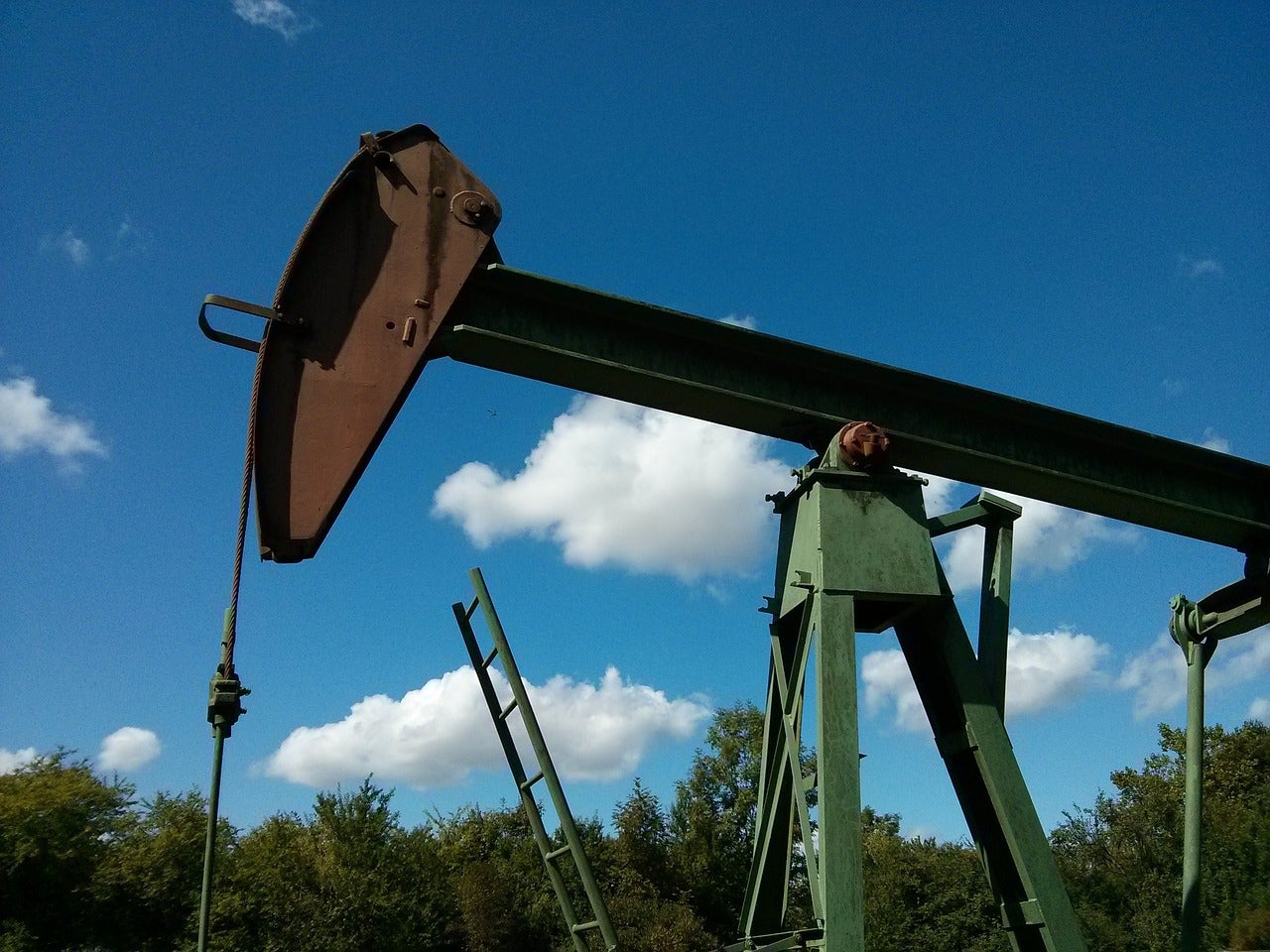
Energy services firm Baker Hughes has reported a net loss of $452m for the first quarter of 2021, compared with a $10.2bn loss in the same quarter last year.
The company posted a profit of $653m in the fourth quarter of 2020. It booked losses as it wrote down the value of its investment artificial intelligence company C3.ai by $788m.
For the quarter ending 31 March 2021, the company’s revenue declined 12% year-over-year to $4.8bn.
The company received orders worth $4.54bn during the quarter, which represents a decline of 18% year-over-year.
The company attributed a year-over-year decline in orders to lower order intake in oilfield services and oilfield equipment, partially offset by growth in digital solutions and turbomachinery and process solutions.
Year-over-year equipment orders plummeted by 18% and service orders also fell by 18%, the company said in its press statement.
Operating income for the quarter stood at $164m as against an operating loss of $16.06bn a year ago.
Baker Hughes chairman and CEO Lorenzo Simonelli said: “We are pleased with our first-quarter results as we generated strong free cash flow, continued to drive forward our cost-out efforts and took further meaningful steps in the execution of our strategy.
“During the quarter, TPS delivered solid orders and operating income while OFS continued to execute cost-out programs to help drive another strong quarter of margin performance.
“As we look ahead to the rest of 2021, we remain cautiously optimistic that the global economy and oil demand will recover from the impact of the global pandemic. We expect spending and activity levels to gain momentum through the year as the macro environment improves, likely setting up the industry for stronger growth in 2022.”


